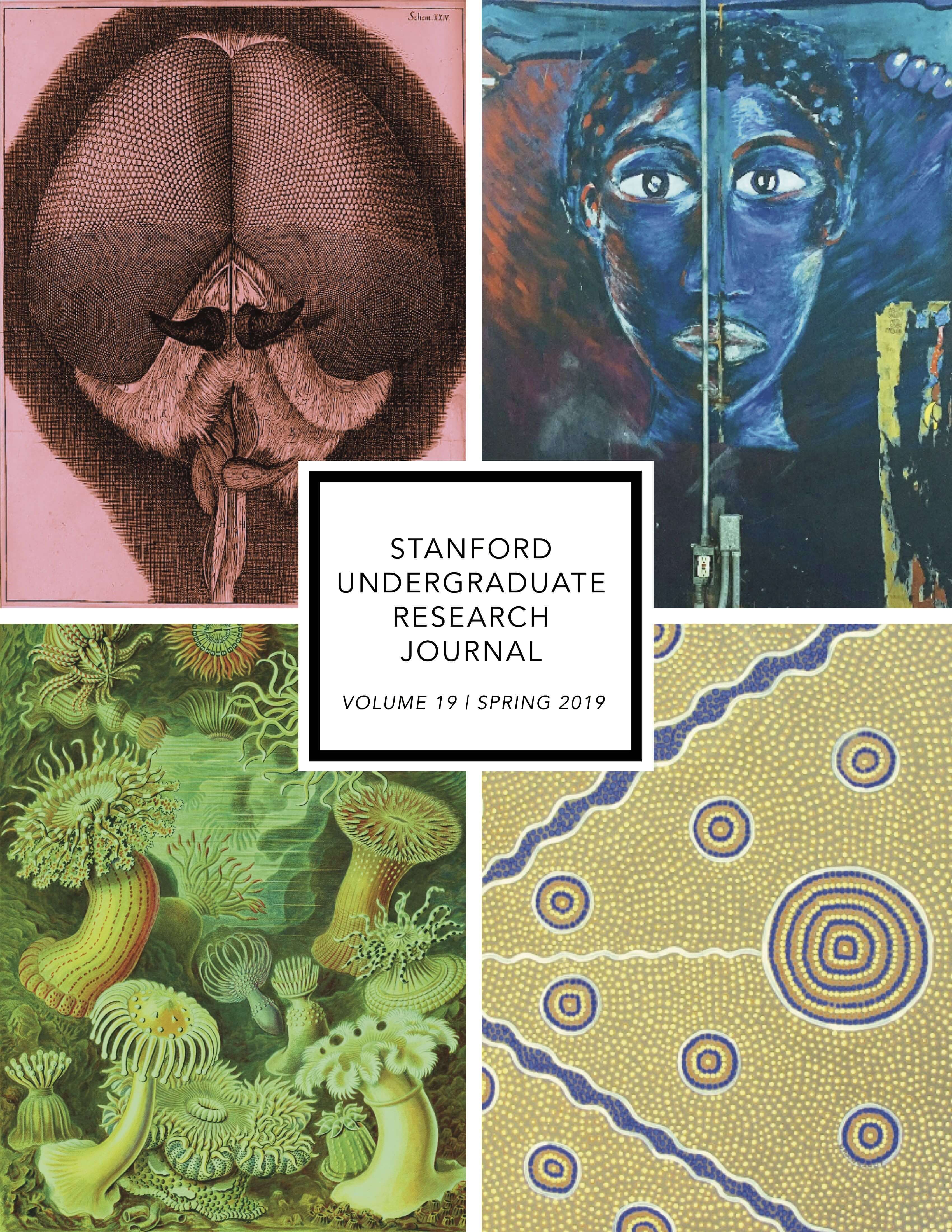Reengineering the catabolite activator protein system creates a glucose-inducible promoter in E. Coli
Keywords:
diabetes, plasmid design, e coliAbstract
Type 1 diabetes mellitus (T1D) is an endocrine disorder that affects over 1.25 million Americans. Safe, effective T1D treatments should mimic natural homeostatic functions by continually monitoring blood glucose levels (BGLs) and secreting an amount of insulin appropriate to current BGL. We envision a glucose-sensitive insulin- administration device to replace the function of damaged beta cells in T1D patients. Here, we prototyped a DNA-based glucose biosensor to eventually connect with an insulin actuator. We re-engineered the E. coli natural regulatory sequence in the lac operon, which normally increases downstream gene expression under low glucose concentrations, to increase gene expression under high glucose concentrations. Then, we assayed the function of this sensor through GFP expression. Fluorescent assays demonstrated that our construct exhibits glucose inducibility and responds actively to changing glucose concentrations from 0.007 to 0.28 mM. While our results do not suggest that the biosensor operates under physiological conditions, we have created a proof-of-concept DNA-based glucose biosensor. This prototype system has potential to be optimized for physiological conditions, transferred to mammalian cells capable of producing insulin, and ultimately be used for therapeutic applications. Our research represents a new synthetic biology approach to circumvent the current limitations of T1D treatment.


